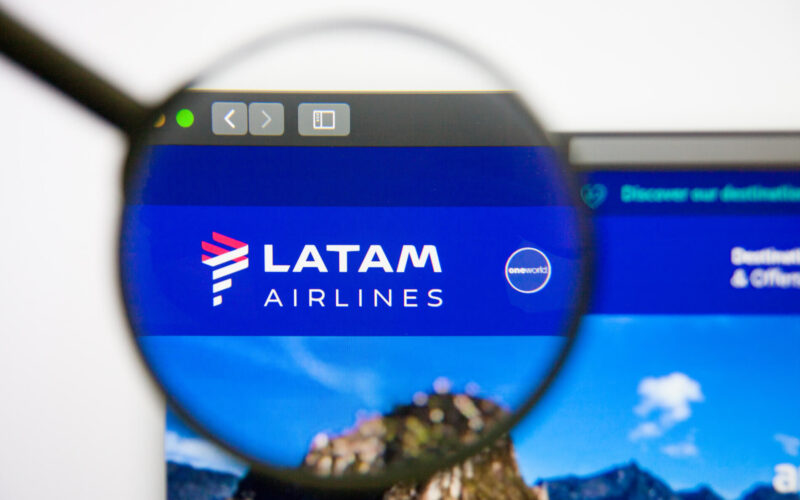The history of Latin America’s leading airline and its current struggles.
Formed through the merger of LAN Airlines and TAM Airlines, LATAM became the biggest carrier in Latin America. However, the tide turned on the airline when it decided to enter Chapter 11 bankruptcy protections in May 2020.
LATAM Airlines, headquartered in Santiago, Chile, is considered the largest carrier in Latin America with subsidiaries in Brazil, Colombia, Ecuador, Paraguay and Peru. The airline provides domestic and international flights, operates both passenger aircraft and cargo freighters.
LATAM’s history
The company’s history goes back to 1929, when Commandant Arturo Merino Benítez created LAN, Chile’s Línea Aérea Nacional. It operated its first international flight Santiago-Buenos Aires in 1946. In 1970 LAN started flying to Europe.
LAN Airlines was Chile’s flag carrier until it was privatized in 1989, when the Chilean government sold 51% of the company’s shares to local investors and to Scandinavian Airlines System (SAS).
During the 1990s, the company expanded and eventually joined oneworld alliance. In the 2000s, the airline acquired the Colombian airline AIRES and turned it into LAN Cargo.
The other half of the story is TAM Airlines, which used to be the leading Brazilian airline. TAM stands for Táxi Aéreo Marília and was founded by a pilots cooperative in January 1961. Its original fleet consisted of four Cessna 180 and one Cessna 170.
In 1996 TAM bought Paraguayan airline Lapsa and renamed it Tam Mercosur. In 1998 the TAM Airlines operated its first international flight from Sao Paulo to Miami. Eventually, the network was expanded with flights to Santiago de Chile, Buenos Aires and New York. In 2010 the airline joined Star Alliance.
On January 19, 2011, TAM signed an agreement with LAN Airlines to merge and create LATAM Airlines Group. In 2015, the group announced its rebranding as LATAM, the process included everything from repainted and unified livery to staff uniforms and check-in desks at the airports, retiring both the LAN and TAM brands.
In 2016 Qatar Airways purchased a 10% stake in LATAM Airlines Group for approximately $613 million.
In 2019, with more than 70 million passengers worldwide, a fleet of 342 airplanes and over 41,000 employees the carrier emerged as the leader in the region. Chile’s LATAM reported profits for the last four consecutive years totaling more than $700 million.
On September 26, 2019, Delta Air Lines announced plans to expand the reach to Latin America’s markets and to buy 20% stake of LATAM for $1.9 billion. In addition, Delta planned to spend $350 million in expanding the partnership with the airline. The acquisition was completed in January 2020.
Current situation
The Coronavirus crisis was an unexpected hit for the airline and its investors. In May 2020, LATAM’s passenger traffic decreased by 95% and the company registered over $2 billion net loss in Q1 2020, even before the full impact of the pandemic.
On May 26, 2020, LATAM filed for Chapter 11 bankruptcy protections and sought emergency reorganization. The company also laid off 1,800 employees.
The subsidiaries followed the troubled road: LATAM Argentina ceased its operations in June, while LATAM Brazil filed for bankruptcy in early July 2020.
Latin America’s governmentshave not been supporting its flag carriers and implementing strict travel bans. Even though Chile’s finance ministry considers LATAM to be a strategic company for the country, a bailout was not offered.
“We remain firmly committed to our partnership with LATAM and believe that it will successfully emerge a stronger airline and Delta partner for the long term,” Delta CEO Ed Bastian said in a statement in May 2020.
To support the operations during the reorganization, LATAM said it raised up to $900 million from major shareholders, including the Cueto family, which controls the airline, and Qatar Airways. LATAM also has $1.3 billion in cash on hand.

